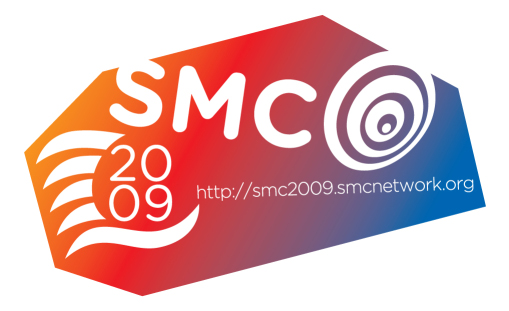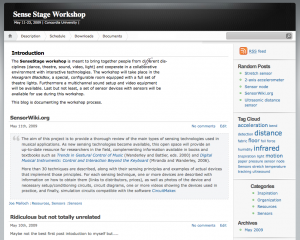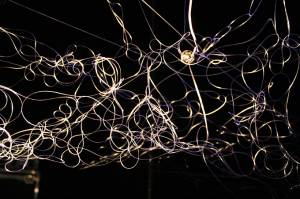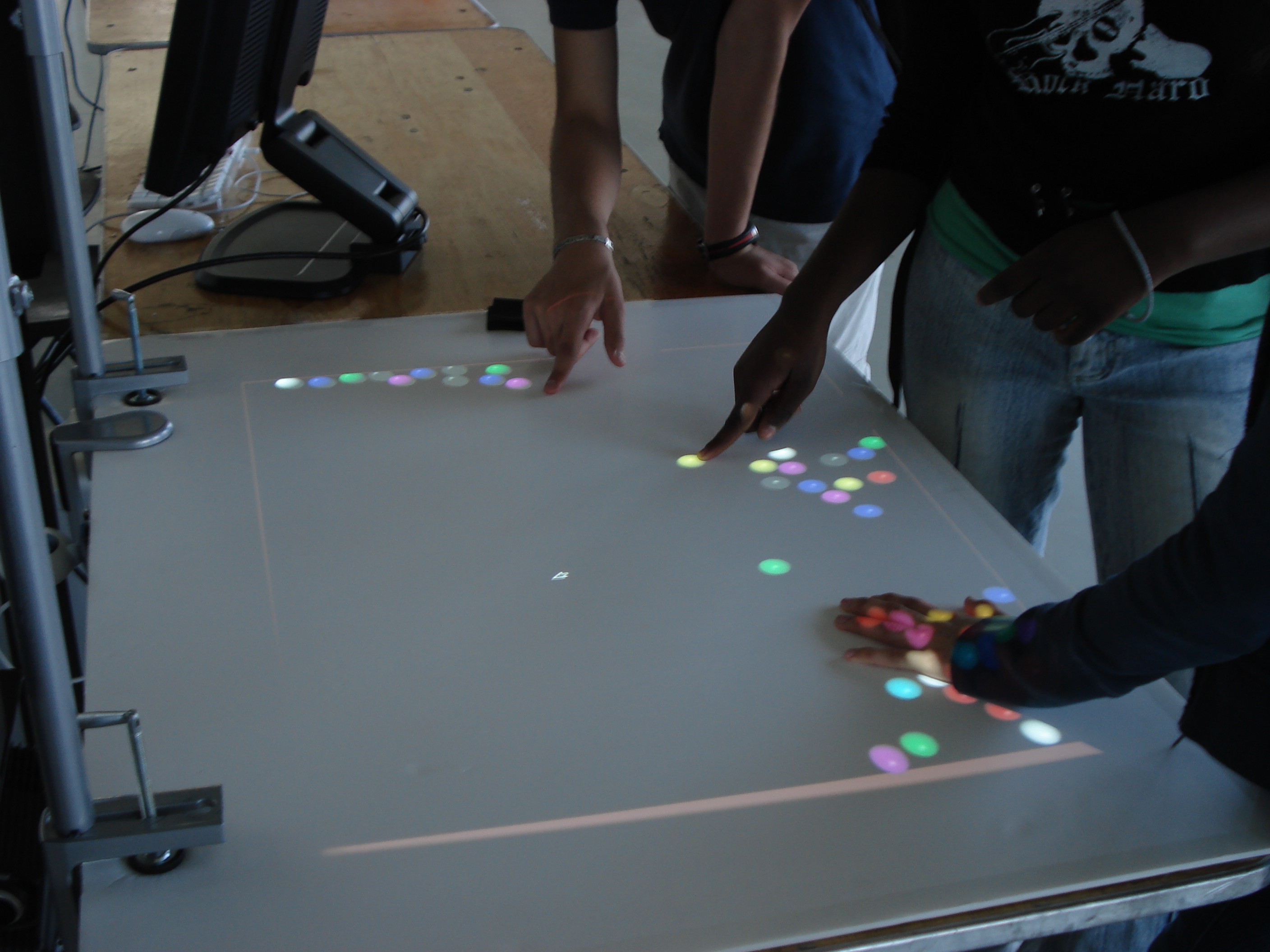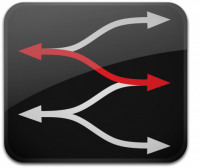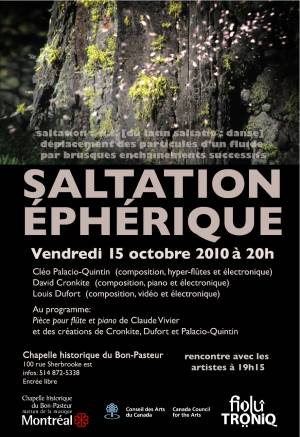IDMIL News!
Talk at CUSEC 2012
From a recent talk at the Canadian University Software Engineering Conference (CUSEC):
T-Stick performance at launch of Le Vivier
D. Andrew Stewart recently performed his new composition for the soprano T-Stick during the recent launch of Montréal contemporary music organization Le Vivier. Stewart is part of the McGill Digital Orchestra project, and has been collaborating on the T-Stick project since it began.
T-Stick Performance at ICMC
This is D. Andrew Stewart playing his composition “Everybody to the power of one” for soprano T-Stick digital musical instrument, Monday August 17th in Pollack Hall, McGill University.
Sonification Talk at CIRMMT Workshop on Symbolic Music
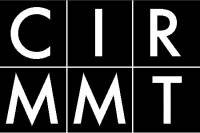 Mike Winters will present his research on Sonification at the CIRMMT Workshop on Symbolic Music Processing, Semantic Audio, and Music Information Retrieval. The talk, entitled “Sonification in MIR: Corpora Analysis and Music Emotion Recognition Model Matching,” concludes the workshop, and will include motivations and techniques for sonification in symbolic music analysis, and his research in sonification of emotion, most specifically in emotion model matching.
Mike Winters will present his research on Sonification at the CIRMMT Workshop on Symbolic Music Processing, Semantic Audio, and Music Information Retrieval. The talk, entitled “Sonification in MIR: Corpora Analysis and Music Emotion Recognition Model Matching,” concludes the workshop, and will include motivations and techniques for sonification in symbolic music analysis, and his research in sonification of emotion, most specifically in emotion model matching.
Sonification of Expressive Gesture with Performance Audio
The IDMIL Sonification Project just uploaded a new video with sonification and performance audio played at the same time. A paper documenting the tool has been submitted to a special issue of the Journal of the Audio Engineering Society on auditory displays.
Posted by: Mike Winters
Sonification of Emotion Research to Appear in Organized Sound
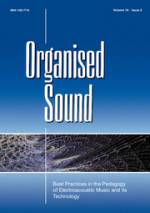 Masters student R. Michael Winters' research on Sonification of Emotion is scheduled to appear in the April 2014 issue of Organised Sound. The paper is entitled “When the Data is Emotion: Strategies and Results from the Intersection of Sonification and Music,” and features the first ever computational design and evaluation of sonifications of emotion. He used the MIREmotion function from the MIRToolbox and specially designed two MATLAB frameworks for interactive exploration and iterative design. The paper will also appear in Chapter 4 of his manuscript based thesis, “Exploring Music through Sound: Sonification of Emotion, Gesture, and Corpora.”
Masters student R. Michael Winters' research on Sonification of Emotion is scheduled to appear in the April 2014 issue of Organised Sound. The paper is entitled “When the Data is Emotion: Strategies and Results from the Intersection of Sonification and Music,” and features the first ever computational design and evaluation of sonifications of emotion. He used the MIREmotion function from the MIRToolbox and specially designed two MATLAB frameworks for interactive exploration and iterative design. The paper will also appear in Chapter 4 of his manuscript based thesis, “Exploring Music through Sound: Sonification of Emotion, Gesture, and Corpora.”
Brams Video
The following video was recently released by the International Laboratory for Brain, Music and Sound Research (Brams). It includes a segment on motion capture of performing musicians using the new 32-camera system from Qualisys, with appearances by IDMIL director Marcelo M. Wanderley and IDMIL doctoral researcher (and cellist) Erika Donald.
Software Download Statistics
Top 10 downloads (external to the lab) since November 2010:
| Software | Number of downloads |
|---|---|
| Digital Orchestra Toolbox | 1001 |
| DIMPLE | 849 |
| libmapper | 647 |
| libmapper bindings for MaxMSP/Pure Data | 567 |
| libmapper GUI | 387 |
| Different Strokes | 306 |
| OMPrisma | 282 |
| Multiplayer for OMPrisma | 237 |
| granul8 synth | 76 |
| libmapper bindings for Python | 39 |
SMC Summer School 2009 - Porto, Portugal, July 18-21
Prof. Wanderley will be one of the teachers in the Sound and Music Computing (SCM) Summer School on Interactions with Environmental Sounds. It will take place at the Casa da Música, Porto, Portugal, from July 18 to 21, 2009.
The other teachers will be Joel Chadabe (Electronic Music Foundation) and Xavier Serra (Pompeu Fabra University, Barcelona, Spain). Tutors include Jean-Julien Acouturier, Stephan Baumann, Eoin Brazil, Federico Fontana, Bram de Jong, Luis Gustavo Martins, Rui Penha and Stefania Serafin.
Students can register to participate to the upcoming SMC Summer School by making an application. Summer school student grants will be provided by the COST Action IC0601 on Sonic Interaction Design.
Application deadline: 24th April, 2009.
More info: http://smcnetwork.org/summerschool/porto2009
SenseStage Workshop Blog
The SenseStage workshop is meant to bring together people from different disciplines (dance, theatre, sound, video, light) and cooperate in a collaborative environment with interactive technologies. The workshop will take place in the Hexagram BlackBox, a special, configurable room equipped with a full set of theatre lights. Furthermore a multichannel sound setup and video equipment will be available. Last but not least, a set of sensor devices with sensors will be available for use during this workshop.“
SenseStage website now live
The website for the SenseStage project is now live, with download links for all the software tools being developed for the project. The project features:
- Wireless Sensor Hardware: A small, custom designed PCB board that can be worn on the wrist, sewn into clothing, or embedded in objects.
- Data Sharing Environment: Collaborators subscribe to any data streams they want to use, and supply data streams of their own for use by other collaborators.
- Real-Time Control Of Media: In development are modules allowing for analysis of data streams providing building blocks that generate complex behaviours for output media.
New IDMIL interface at Eureka! Science Fair
A new IDMIL interface recently debuted at the Eureka! Science Fair in Montréal, along with other demonstrations of research associated with CIRMMT. Documentation for the “Interactive Table” has now been added to it's own project page.
Music Hackday Montreal
Music Hack Day comes to Montreal to explore and build the next generation of music applications. It's a full weekend of hacking in which participants will conceptualize, create and present their projects. Music + software + mobile + hardware + art + the web. Anything goes as long as it's music related. Music Hack Day is presented by developers for developers.
Music Hack Day arrive à Montréal pour explorer et construire la prochaine génération d'applications musicales. Durant tout un week-end de programmation informatique, les participants vont conceptualiser, réaliser et présenter leur projets. Musique + logiciel + mobilité + hardware + art + le web. Tout y passe du moment qu'on y parle de musique. Music Hack Day est conçu par les programmeurs pour les programmeurs.
Register to attend
Attendance is free but you must register to guarantee a spot. We provide workspaces and snacks throughout the day, but need confirmed numbers to make the event great for everyone attending. Visit the Registration Page to register as a hacker or if you want to attend the demo session at the end of the weekend.
Where?
Music Hack Day Montreal will be held at Eastern Bloc in Montreal, on the 24th and 25th of September.
What happens at a Music Hack Day?
Lots of hacking, lots of pizza, very little sleep. For details read this post: What happens at a Music Hack Day. Read about some of the winning hacks at the recent Music Hack Day in New York City.
MIREmotion-Visualizer
After working the past month with MIREmotion, I decided to make a visualizer for it. The output is a small GUI that generates graphs displaying the relevant audio-features for each emotional dimension or category. The graphs include not only the MIREmotion score, but also the limits where relevant. It also saves these graphs in .eps format and also a new .wav file with the descriptive title.
I've been using it to create “emotional measurements” from sounds generated synthetically in Supercollider. It hasn't been tested by anyone by myself, so at this point I would expect catastrophe if you were so brave as to try to use it. Nevertheless, it is available on github:
Michel Waisvisz NIME03 Keynote on YouTube
We have uploaded more videos to the IDMIL YouTube account over the last few days. Here is the late Michel Waisvisz (of STEIM, NL) giving a keynote lecture at the 2003 International Conference on New Interfaces for Musical Expression here at McGill University - this is parts 1 and 2; the other 4 parts can be viewed here.
libmapper 0.3 released
In addition to many improvements and bugfixes, libmapper v0.3 includes several major new features:
- Time: libmapper now supports timetagging every signal update. With this we include the ability to bundle several signal updates together using “queues” which defer sending of updates. We also add an optional
rateproperty to signals which can be used to represent regularly-sampled signals. This means that it is possible to support “blocks” of data where each sample does not have the overhead of an individual message header. The default behaviour, however, is still to send each signal update as an individual, time-stamped OSC message, assuming irregular updates. Software sampling sensors should be aware of how to distinguish between regularly- and irregularly-sampled signals and use the correct behaviour accordingly. At low sample rates, of course, the difference is not as important.
- Instances: libmapper now supports the concept of mapping multiple “instances” of a signal over a single connection. This can be used for supporting interaction with multi-touch devices as well as for polyphonic musical instruments. A sophisticated “ID map” between instances created on a sender and instantiated on the receiver is automatically maintained, allowing the synchronization of behaviours between the two connection endpoints. Allocation of (possibly limited) resources to individual instances can be managed by a callback, which is called when new instances are created and old instances are destroyed. A complete treatment of this topic is not possible here, but will be documented in a forthcoming paper.
- Reverse connections: A connection mode called
MO_REVERSEhas been added which can be used to establish signal from from output to input. The intention is to use this for training machine learning systems, allowing the construction of so-called example-based “implicit mapping” scenarios.MO_REVERSEof course does not invert the mapping expression, so is best-used for direct connections to an intermediate device that sits between a data source and destination. Single “snapshots” of output state can also be acquired by a query system, usingmsig_query_remotes().
- Compatibility with select(): It is now possible to get a list of file descriptors that libmapper reads from. This can be used as arguments to
select()orpoll()in a program that uses libmapper among other sockets or files to read from.
- Local link/connection callbacks: Programs using libmapper can now know when a local device has been linked or connected by registering a callback for these events. Although it is not encouraged at this time, this can be used for example to implement data transport over alternative protocols, using libmapper only for determining the destination IP and agreeing on the connection details. In the future we plan to add support for alternative protocols within the libmapper framework, so that mapping expressions can still be used even when alternatives to OSC are used to send and receive data.
- Null values: An important change that users should be aware of is that the signal callback (whose signature has changed) can now be called with the
valuepointer being zero. This indicates that the mapper signal is actually non-existant, i.e. no value is associated with the signal. That is to say that “null” is now considered a valid state for a signal and is different from, for example, a value of zero. User code can choose to ignore this case or to make use of it if there is a semantically relevant action to take. An example of this condition is if some signal does not have a valid value when some other signal is in a certain state, or for reverse connections, a null value might indicate that the output has not been set to anything yet. Local code can query the last-updated value of any signal using themsig_value()function.
The tutorial has also been translated for several supported language bindings: Python, and Max/MSP. Build documentation has also been added.
Upcoming Bass Hyper-Flute performance
The bass hyper-flute was developed in the IDMIL by Cléo Palacio-Quintin.
Vendredi 15 octobre 2010
Concert à 20h, précédés d'une présentation des artistes à 19h15.
Chapelle historique du Bon-Pasteur
100 rue Sherbrooke est, Montréal
Saltation éphérique
Avec : Cléo Palacio-Quintin (composition, hyper-flûtes et électronique)
David Cronkite (composition, piano et électronique)
Louis Dufort (composition, vidéo et électronique)
La saison démarre par un concert « électrisant » où Cléo se produit avec ses deux vieux comparses David Cronkite (pianiste et compositeur) et Louis Dufort (compositeur et vidéaste) avec qui elle a collaboré depuis 1998. Cléo y présentera une création pour hyper-flûte-basse et les deux compositeurs spécialistes de l’électronique en direct préparent aussi tous les deux de nouvelles oeuvres incluants hyper-flûtes, piano, électronique et vidéo. La création de ces nouvelles oeuvres a été réalisée lors d’une résidence des trois artistes au Centre d’arts de Banff en août 2010, avec l’aide financière du Conseil des arts du Canada.
Saltation: n.f. [du latin saltatio : danse] Déplacement des particules d’un fluide, par brusques enchaînements successifs.
libmapper 0.2 released
libmapper v0.2 brings a number of improvements:
- bugfixes
- API simplification
- Basic support for vector signals
- API for querying the values of device input signals
- Python bindings now include monitor functionality
- Java bindings for devices and signals
If you are interested in learning more about libmapper, please have a look at the documentation and join our mailing list!
libmapper 0.1 released
libmapper provides a network-enabled middleware that allows an application to announce input and output signals to a subnet using a shared multicast UDP port, and automatically respond to requests to create dynamic connections. By using multicast, we avoid dependence on a central hub to manage connections, and use it to arrange signal transmission on a peer-to-peer basis without requiring a rebroadcasting infrastructure for data sharing. Additionally, this decentralized approach allows collaborative manipulation of signal connections on the local subnet, encouraging an experimental approach to mapping design. Mappings between signals can be constructed dynamically that perform translation of OSC message addresses for the receiver, and additionally can apply arbitrary transformation of signal values based on a given formula.
Documentation, source code, and binaries can be found on the project page.

